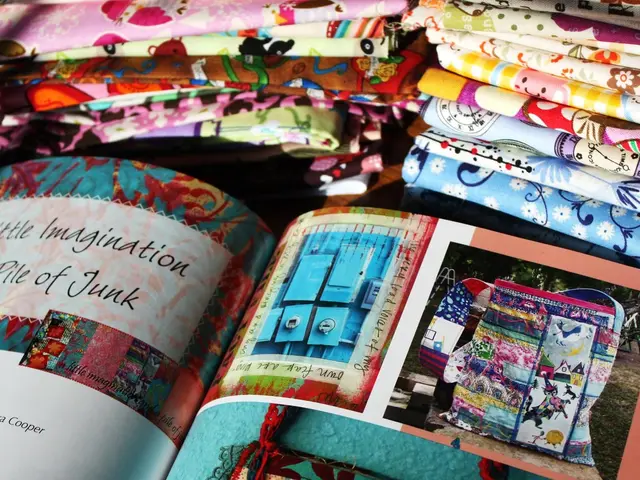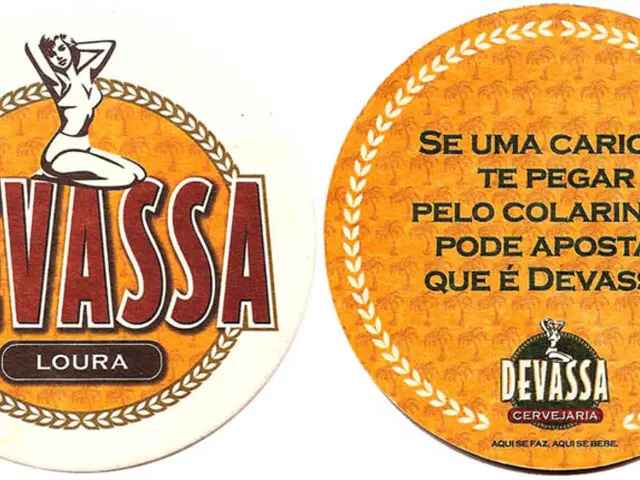"Growing Your Seeds More Effectively: An Analysis of Soil Blocking Technique"
Going Green: Embracing Soil Blocking for Sustainable Seed Starting
Soil blocking, a method of growing seedlings by forming blocks of compressed soil, has gained popularity in recent years. Here's how to do it, along with a few words on its environmental pros and cons.
Soil Blocking Benefits

This technique offers several advantages over conventional seed trays. Primarily, it results in seedlings with potent root systems, preventing root-bound issues. Plus, less plastic is used, making it an eco-friendly choice (it's been around for at least two thousand years).
The Downsides to Soil Blocking

The main issues with soil blocking revolve around the necessity of peat, a controversial substance due to its dramatic environmental impact. Other alternatives, like coconut coir, have been hit-or-miss for many gardeners.
The blocking process itself can also be laborious, though proponents argue that the results justify the effort.

Getting Started with Soil Blocking
To begin, you'll need a soil blocker, which comes in various sizes and layouts. Most gardeners opt for two-by-two-inch blocks.

Next, prepare the seedling mix. As long as it includes peat or coconut coir, seedling mix works well. Add water gradually until it clumps together when squeezed, but doesn't become soggy.
After getting a watertight tray, start creating blocks by repeatedly rocking the blocker in the soil mixture, as if making a sand or snow castle.

Planting and Maintaining Seed Blocks
Once you have the blocks, plant them as you would cells in a seed tray. When the seedlings are ready to transplant, carefully up pot them or transfer them directly to the garden.

Environmental Concerns: The Impact of Peat
Peatlands, vital ecosystems that store substantial amounts of carbon, are often drained and mined for horticultural purposes. The destruction of these ecosystems leads to carbon dioxide emissions, biodiversity loss, and water regulation issues.

Alternative Soil Blocking Mediums
To minimize environmental impact, consider using sustainable alternatives like coconut coir, compost, wood fiber, vermiculite, perlite, biosolids, and green waste for your soil blocks.
Making Informed Choices
Choosing the right soil block medium is crucial to supporting sustainable practices while achieving strong root systems for healthy, thriving plants. By embracing alternatives to peat, we can protect the environment and preserve peatland ecosystems for future generations. Happy gardening!
- To properly try soil blocking at home, you'll first need a soil blocker and a seedling mix that includes peat or coconut coir.
- While soil blocking offers numerous benefits for seedlings, such as potent root systems, it can have drawbacks related to the necessity of peat, a substance with dramatic environmental impact.
- When considering soil block mediums, opt for sustainable alternatives like coconut coir or compost to minimize environmental impact and support sustainable practices while growing healthy, thriving seedlings.






